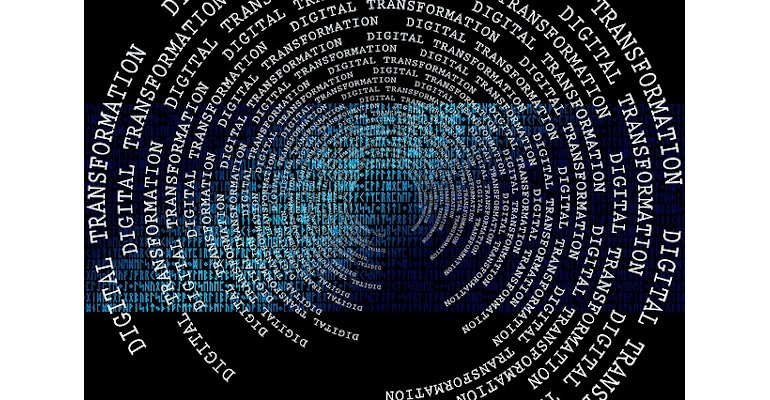To deliver the promise of information-driven health, digital technologies must fit into user and payer workflows and encourage engagement.
April 28, 2021

When integrating new digital technologies into medical devices to keep up with trends toward digitization and prevention, medical device manufacturers should look for ways to ease technology use and drive engagement.
Rachel Robinson, vice president of MassMEDIC, moderated the engaging MD&M BIOMEDigital panel discussion, "Integrating New Technology into Your Next Device." Panelists included Jon Bloom, chief operating officer at Podimetrics, and Jeff Valk, co-founder and CEO of Admetsys. They discussed trends toward a prevention mindset in healthcare and the growing digitization movement and how manufacturers can ease the transition of these new technologies for patients, users, and payers.
Robinson started off by acknowledging that introducing new ideas into the healthcare industry is not the easiest path to take. “I think in healthcare for a really long time things have just been a status quo,” she said, adding that there has just been the thinking that ‘this is the standard of care.’ She asked Bloom and Valk what the big challenge was for anyone trying to “disrupt” this system.
Bloom spoke about prevention, as opposed to the traditional more reactive approach in healthcare, and how that is viewed by payers. “A fee-for-service system isn't necessarily built to house preventative approaches. You get paid for the work you do, and if you eliminate that work, of course, then it doesn't necessarily fit lock-and-key into the way that the healthcare system has been built up,” he explained. “But prevention, it has to exist. It has to be here. So, how do we figure out how to who's going to buy it? That's going to be key thing.”
“We look at this from the standpoint of closing the loop,” Valk said. “Taking the information that you can acquire, making some sort of decision on it, then acting. How do you convey the value proposition in what you know is an understandably conservative clinical environment and payment system?”
He spoke of the past 12 months of the pandemic where clinicians have been in high demand. “We can't create new clinicians out of thin air. So, you protect the clinicians that you have. Rather than close-contact workflows in a contagious environment, can you give them tools that keep them?”
“In our minds, that's the promise of information-driven health,” Valk said. When information is actionable, creating the technologies to act, clinicians are given better tools and higher leverage in delivering care, he explained. “I think that's something that the industry is by necessity coming around to understand.”
Robinson then spoke of using data to drive change as the Holy Grail of digital health products and asked, “How do we actually take the data that were gathering and then convince people to change the things that they normally do?”
Adapting your technology to an existing workflow is how you can get good adoption, Bloom said, instead of expecting them to learn and comply with a new system. “Let's really study how they operate, and then let's make sure we completely tie into what they do,” he said, noting that you have to fit into the user’s workflow as well as the payer’s.
“Everything then is going to be about engagement,” he said, stressing that the key is partnering with all the entities involved. “You don't want to just hand over hardware and then hope that they use it,” he said.
“The people dimension is absolutely huge,” Valk said. “At the end of the day, all technology has to work for people. Otherwise, what's the point?” He said when you are trying to find where the value exists in a new technology in a complex industry like healthcare, where the patient, the payer, and the provider may not talk directly to each other, “I think you've got a lot of conversational challenges and I think engagement is a huge component of that. You've got to talk to people, you've got to talk to people early and often,” he explained, adding that it is an ongoing conversation.
Valk said that he thinks things are shifting, noting that for things like reimbursement for telehealth, there has been forward momentum. “Certainly it's changed a lot of the last 12 months, but it's a conversation that I think it's time has come, and how we as a medical device industry relate to it is really trying very much to get people to engage together.”
"Panel: Integrating New Technology into Your Next Device" and more sessions at MD&M BIOMEDigital are available to watch on demand through May 7. Registration assistance is available here.
About the Author(s)
You May Also Like




